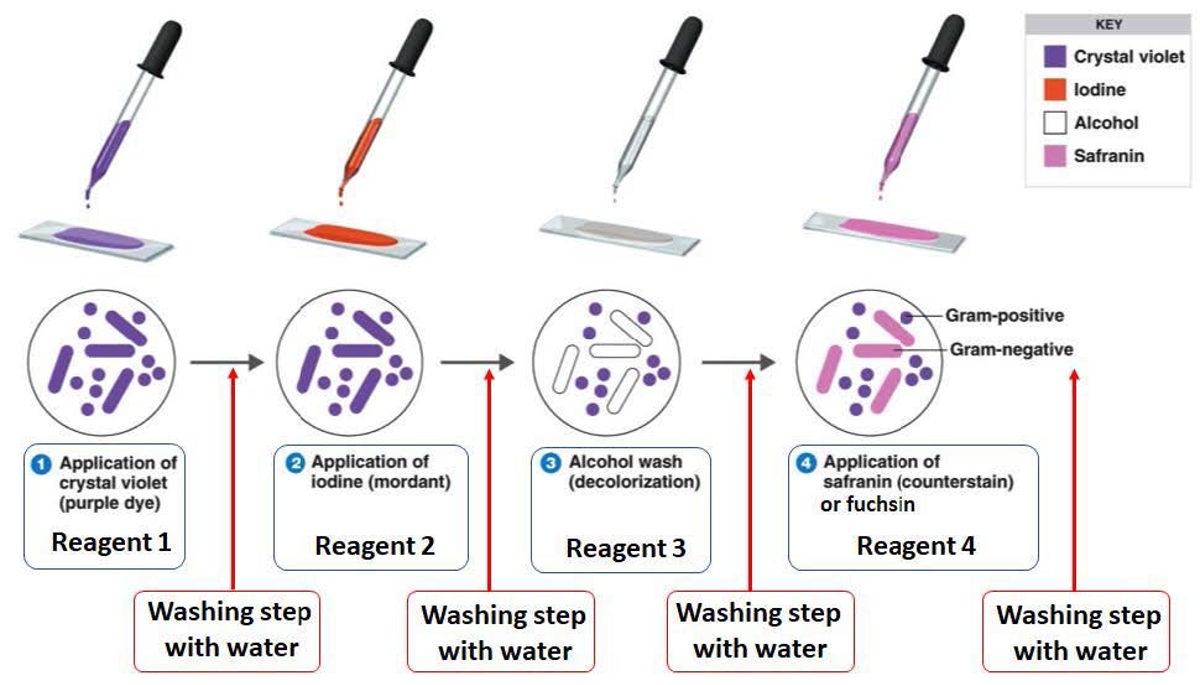- Research Projects : /en/applied-research/institutes/irap/research-projects/
- Infrastructure : /en/applied-research/institutes/irap/infrastructure/
- Team : /en/applied-research/institutes/irap/team/
- Agenda : /en/applied-research/institutes/irap/agenda/
- News : /en/applied-research/institutes/irap/news/
- Education : /en/applied-research/institutes/irap/education/
- Contact and acces : /en/applied-research/institutes/irap/contact-and-acces/
- Research Projects : /en/applied-research/institutes/irap/research-projects/
- Infrastructure : /en/applied-research/institutes/irap/infrastructure/
- Team : /en/applied-research/institutes/irap/team/
- Agenda : /en/applied-research/institutes/irap/agenda/
- News : /en/applied-research/institutes/irap/news/
- Education : /en/applied-research/institutes/irap/education/
- Contact and acces : /en/applied-research/institutes/irap/contact-and-acces/
Lab on a chip for Gram staining
Summary
Plastic and Ceramic Injection Molding (CIM)
Innosuisse
Swissmeca; iPrint
Bruno Bürgisser
Skills directory
February 2021 - August 2022
To identify bacterial infections and to provide the appropriate antibiotic treatment, it is essential to determine whether the bacteria responsible for the infection are of the Gram-positive or Gram-negative family. Gram staining is used for this purpose.
To perform a Gram staining, 4 staining reagents based on water, alcohol and acetone are applied to bacteria fixed on a glass slide. The Gram staining can be performed manually with pipettes or with the help of automatic devices. The liquids used are chemically aggressive and potentially carcinogenic (acetone). The existing methods exhibit several drawbacks: reliability of the results depends on the operator’s ability;high consumption of dyes and reactants; the operator is potentially exposed to toxic vapors and solvents.
Our innovative product consists in implementing a new method of Gram staining. The principle of microfluidics is used to carry out the entire staining process on a microfluidics chip made of polypropylene (Lab on a chip). The operator in the microbiology laboratory uses our chip on which the liquids for staining are placed one after the others. An external pump circulates the dyes with water to a staining chamber. The used dyes are collected in a waste reservoir placed on the chip itself.
This new analytical technique provides several advantages compared to manual and automatic staining methods:
- The consumption of dyes is reduced by a factor of 1000 compared to the current staining methods. This new method uses only a few microliters of dyes for a complete Gram staining.
- The staining protocol is very reliable and repetitive, it does not depend on the operator's dexterity.
- The dyes remain entirely on the chip, the operator is not exposed to the dyes and vapors, this is very beneficial from a sanitary point of view.
- The cost of our method, very rational and economical in dyes, is lower than the cost of current methods.
- The chip is made of PP. The chip weight is only of about 5 grams and measures 50x60x3 mm.
